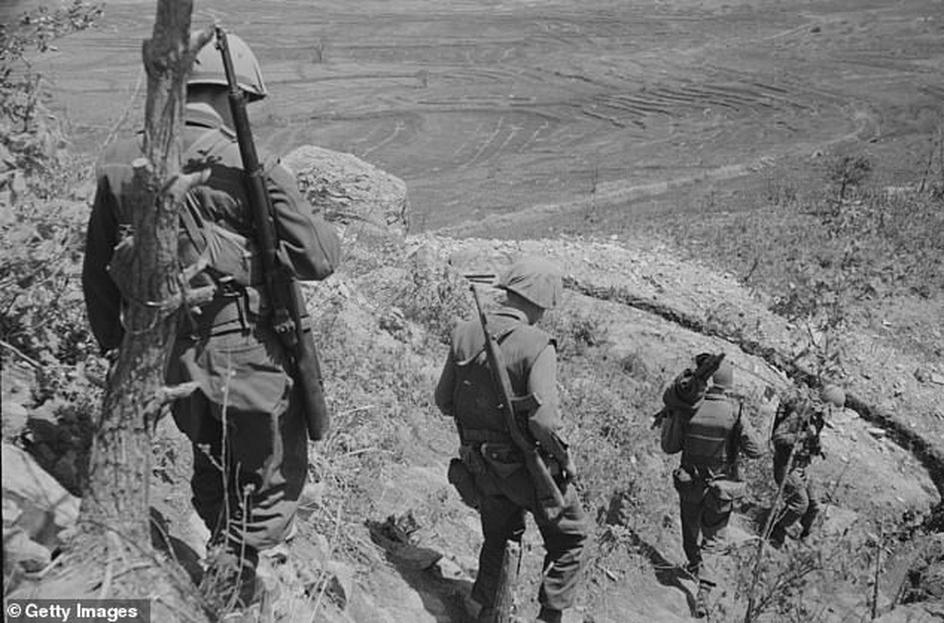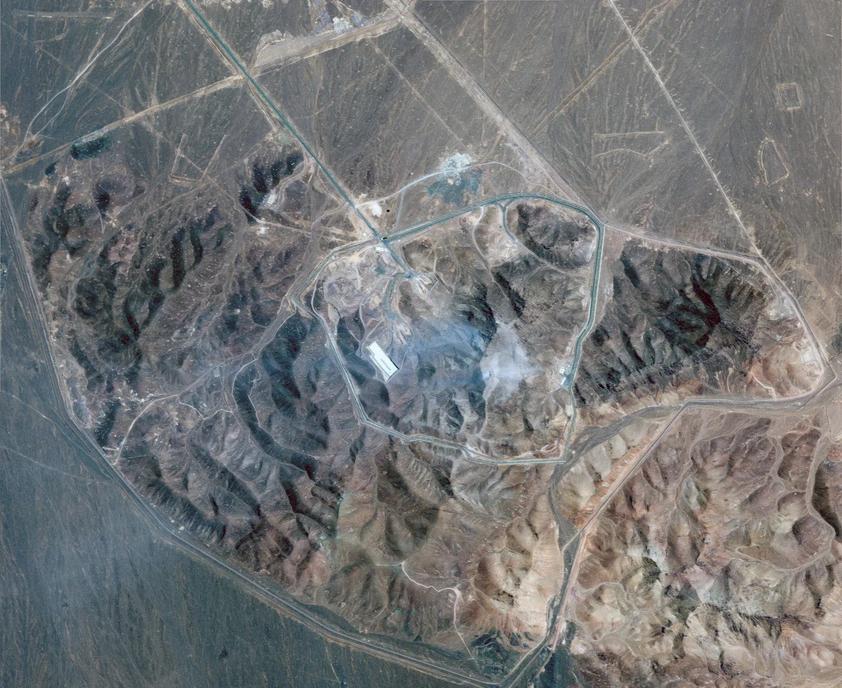War elephants were highly effective under specific conditions but also had notable limitations that impacted their overall battlefield utility. Their success depended on factors like terrain, opponent experience, training, and logistics. In regions such as the Indian subcontinent and Southeast Asia, elephants served as dominant forces in jungle warfare and heavy supply transport for centuries until gunpowder emerged. In contrast, their use in North Africa and the Mediterranean was more limited and often less effective due to unsuitable terrain and better counter-tactics developed by opponents such as the Romans.

Elephants excelled primarily as shock troops designed to break enemy infantry formations or to intimidate cavalry units on the battlefield. Their size and psychological impact played a critical role in unsettling inexperienced or unfamiliar opponents. The unfamiliarity of European armies, for example, with these beasts magnified the terror impact, contributing to successes like Hannibal’s campaigns. Elephants could carry heavy loads, serve as mobile archery platforms, and even mount ballista or cannon in Southeast Asian sieges, a tactical innovation unseen elsewhere.
In the Indian subcontinent before the 10th century, elephants were heavily armored and trained extensively with their armies. They carried weapons such as swords strapped to their tusks and were included in well-planned military strategies that incorporated loud noises to prevent spooking. Support systems were established to sustain their needs and training. Elephants also functioned as beasts of burden, moving artillery and provisions across difficult terrain, filling a vital logistical role.

| Region | Effectiveness | Key Roles | Limitations |
|---|---|---|---|
| Indian Subcontinent & SE Asia | High in jungles and forest warfare, long-lasting use until gunpowder | Shock troops, archery platforms, logistics, siege support | Training and upkeep intensive, vulnerable if provoked or wounded |
| North Africa (Carthaginian & Roman use) | Limited effectiveness; seen as gimmicky by Romans | Shock troops in open plains, psychological warfare | Poor terrain fit, inadequate training, vulnerable to counter-tactics |
The psychological impact of war elephants was often as important as their physical presence. To many infantrymen, especially those unfamiliar with elephants, the beasts were terrifying—large, loud, and seemingly unstoppable. The roar of their trumpets and their size could disrupt enemy formations. However, trained soldiers quickly learned to neutralize this threat.
Opponents developed countermeasures that significantly reduced elephant effectiveness. At the Battle of Zama, the Romans used flexible formations and deliberately left gaps in their ranks, allowing elephants to pass through harmlessly rather than breaking their lines. Additionally, missile weapons like javelins and arrows were employed to wound or enrage elephants, sometimes causing them to panic and trample their own troops.

Specialized tactics included the use of burning pigs, whose squeals frightened elephants and broke their charges. Sharp spikes or iron weapons targeted to their feet caused pain and distress, reducing their ability to advance. When an elephant’s handler was killed or the animal was injured, control was lost, and it became a danger to both sides, often rampaging unpredictably across the battlefield.
Terrain was a decisive factor. Elephants thrived in dense forests and jungles, where horses could not operate effectively due to heat and disease. On open plains, such as those in Mediterranean theaters, elephants were less well-suited and easier to counter with disciplined infantry and cavalry.

Logistics and training were critical but demanding. Training an elephant for war took years, and the animals required extensive upkeep and supplies during campaigns. Losing trained elephants was costly, and new training was not easily replaced. Thus, while elephants offered a unique advantage, their use also entailed substantial investment.
Armored elephants served as ancient tanks. Their size and armor protected commanders who rode on their backs, giving them elevated views and imposing battlefield presence. Elephants equipped with mounted archers or artillery provided mobile firepower support beyond just a charge.

War elephants’ effectiveness diminished with the spread of gunpowder weapons. Firearms and cannons either scared elephants or inflicted wounds beyond what counters like javelins could achieve, ending their dominance on the battlefield. In Southeast Asia, elephants were still used even as early artillery developed, but ultimately gunpowder made their combat role obsolete.
- War elephants were highly effective in densely forested or jungle environments, especially in South and Southeast Asia.
- They served as shock troops, psychological weapons, mobile platforms for archery or artillery, and vital logistical animals.
- Their impact declined when opponents learned to counter them through flexible formations, missile weapons, and environmental tactics.
- Limitations included susceptibility to panic, difficulty of training, and high logistical needs.
- In Mediterranean theaters, elephants were less effective due to terrain and better-prepared enemies.
How Effective Were War Elephants?

War elephants were highly effective in certain contexts, particularly in the jungles and forests of South and Southeast Asia, where their size, strength, and psychological impact made them formidable shock troops and logistical beasts—but their effectiveness declined sharply when facing well-trained, disciplined enemies who adapted counter-tactics, as seen in Roman and Carthaginian battles.
Now that we have a clear answer, let’s unpack the details. How come these giant beasts inspired terror in some battles and embarrassment in others? Were they the tanks of antiquity or glorified parade animals? Grab your trumpet (or tusks), and let’s dive deep.

The Regional Reality: Context is Everything
You can’t just lump all war elephant usage together. Their success is tied closely to where and how they were deployed.
In the Indian subcontinent and Southeast Asia, elephants were basically the all-stars of warfare for centuries. Before the 10th century, much of India was lush with forests and jungles. Horses struggled in those conditions, but elephants thrived. Imagine a jungle battlefield: dense trees, uneven terrain, and heavy heat—horses were not built for that.
Indian war elephants weren’t just wild jungle creatures with tusks sharpened for battle. They had a full upgrade package: heavy armor, blades strapped to their tusks, and even training to withstand loud sounds without panicking. They worked tightly with infantry and cavalry, not just awkwardly barging in. This grew into a complex fighting system where elephants acted as shock troops to smash enemy lines and as mobile archery platforms.
Meanwhile, in Southeast Asia—modern Cambodia, for example—the Khmer took elephant warfare a step further. They mounted massive ballistae and early cannons onto elephant backs for sieges, turning these beasts into living battering rams and artillery carriers. That’s reality: elephants did more than stomp; they were ancient siege tanks.
Contrast this with Roman and Carthaginian usage. In North Africa and the Mediterranean, elephants were not native beasts of burden in the same way. The famous two elephants that crossed the Alps with Hannibal had little armor, little training, and faced terrain utterly unsuitable for them. It’s like asking a penguin to soar through the desert. Moreover, by the time Romans tangibly fought elephants at battles like Zama, they had developed savvy tactics that neutered elephants’ advantages, viewing them as more of a gimmick than a game changer.
Elephants as Battlefield Shock Troops and Terror Weapons
There’s a reason war elephants struck fear into armies unfamiliar with them. Picture standing on a battlefield when these massive, armored creatures start charging, trumpeting loudly and crushing everything. If you’ve never seen one before, your nerves might just do the job for the elephant.
Elephants were often used as shock troops. The plan? Send them first to disrupt and break enemy infantry formations, then follow up with infantry and cavalry through the gaps. They had a psychological edge: horses hated the smell and noise of elephants, so elephant wings could guard flanks effectively.
Besides their brute force, elephants offered elevated platforms for archers, creating mobile artillery before artillery was a thing. Kings and generals often rode them, protected by armor, because nothing says “I’m untouchable” like a giant armored pachyderm.
As a side perk, elephants performed heavy lifting, pulled supplies, and hauled artillery across tough terrain where carts and horses struggled. Their trunks acted like innate cranes, hoisting half a ton or more. In many ways, they were the Swiss Army knives of ancient logistics.
But Even Giants Have Weak Spots: Vulnerabilities and Counters
Here’s where it gets interesting. Elephants may have been intimidating, but they weren’t invincible—far from it. Humans quickly learned how to exploit their large size and sensitivity.
For one, elephants can panic easily, especially when injured or if their riders are killed. An enraged elephant can turn on its own side, trampling friend and foe alike. So much for that controlled charge!
The Romans at the Battle of Zama (202 BC) famously countered Hannibal’s elephants by opening gaps in their formations. The elephants charged, confused by the openings, and ran right through these safe corridors. Harassed with javelins, flaming torches, and disciplined movement, the elephants became ineffective and often caused chaos among their handlers.
And then there were the flaming pigs. Yes, pigs squealing and on fire terrified elephants, leading to panic and stampedes. Clever, if cruel—one of those rare battlefield tactics that sound straight out of a fantasy novel.
Factors That Define War Elephant Effectiveness
- Training and Equipment Matter: The Indian and Southeast Asian elephants were highly trained and armored; the elephants of many Mediterranean armies weren’t. You wouldn’t send a baby elephant into battle expecting a rampage.
- Terrain is Key: Jungles and forests favored elephants. Hard, flat plains favored cavalry over elephants. Using elephants where they can’t maneuver is like bringing a sledgehammer to a knife fight.
- Opponent Familiarity: Elephants crushed armies unfamiliar with them. Once troops figured out how to handle elephants, these beasts became more of a liability. Experienced armies either avoided them or neutralized them.
- Logistics are a Nightmare: Training an elephant takes years. Feeding it? A massive undertaking. Losing elephants was a big blow, not just emotionally, but logistically.
Lessons From History: When Elephants Ruled and When They Failed
Teams who understood their elephants’ strengths and weaknesses got the best results. Indian armies could field elephants for centuries because their military evolution embraced jungle warfare and integrated elephants structurally.
In contrast, the Romans found elephants a relic after repeated failures. They made elephants a less significant factor by developing disciplined formations and clever tactics—like leaving gaps—showing that any ‘invincible’ weapon has its Achilles heel.
Hannibal’s famous Alpine crossing with elephants is often quoted as a symbol of elephant effectiveness. Reality check: Only a handful made it through the freezing mountains without the thick jungles or grasslands where elephants flourish. That journey was more symbolic than strategic success.
Practical Tips for Understanding War Elephant Effectiveness Today
- Look Beyond Myth: War elephants were not unstoppable juggernauts that guaranteed victory. Their usefulness depended on environment, training, and opponent.
- Think Context: In dense jungles and forests, elephants were as indispensable as modern armored vehicles. On open plains, their role diminished.
- Balance Strengths and Weaknesses: Leaders who effectively managed the risk of elephant panic and employed combined arms tactics saw the most success.
- Don’t Ignore Support: Logistics, mahouts (handlers), and trainer expertise made elephants useful. Without proper support, they were dangerous to shoulder.
The Bottom Line: War Elephants Weren’t Just Beasts of Burden or Living Tanks
They were remarkably versatile ancient military assets, but only in the right hands and the right place. Elephants were more than mere spectacle; their presence could turn the tide of battle by terrorizing enemies or breaking formations.
Yet, as humans adapted, so too did tactics. Elephants lost their dominant edge and eventually retreated from the battlefield, replaced by gunpowder and artillery. Their legacy, however, remains a fascinating chapter in military history, reminding us that even the mightiest weapon means nothing without strategy, training, and knowing the battlefield.
So, how effective were war elephants? Highly effective warriors in the jungles, terrifying shock troops on open fields against the unprepared, and burdensome liabilities against smart, disciplined foes—making their story one of triumph mixed with limits.




